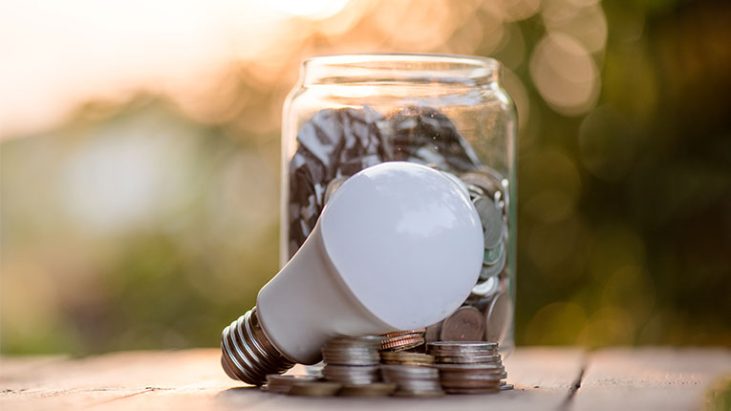The phenomenon of energy poverty in Romania has worsened in the context of the pandemic and has reached the situation where three out of ten households (33.3%) are in energy poverty, according to an analysis by the Romanian Observatory of Energy Poverty (ORSE).
The NGO proposes the establishment of one-stop shops at local government level, providing integrated and accessible services for vulnerable households.
These consumers ended up in energy poverty after spending over 10% of revenues only to pay energy bills in 2020, according to the latest official statistics available, a percentage increase over the previous year (27.4%).
At the same time, almost two out of ten households (19%) suffer from what is called “hidden energy poverty”, greatly reducing their consumption due to low incomes, compared to 16% in the previous year.
In the context of overlapping the energy crisis over the pandemic, these percentages are expected to increase, so measures are needed not only to mitigate the effects, through social assistance, but to contribute, in the medium and long term, to addressing the causes, say ORSE experts.
The analysis on the evolution of energy poverty was performed based on the data contained in the Survey of Family Budgets (ABF) 2020, conducted by the National Institute of Statistics (INS). In the absence of data for 2021 or 2022, it is still not possible to estimate the impact of energy price increases in the cold season 2021-2022, nor the cumulative effect of capping and offsetting measures. Also, the impact of the war in Ukraine, which will become visible especially in the cold season 2022-2023, cannot be quantified yet.
“Statistics clearly show that more and more of our fellow citizens are facing energy poverty, as they cannot afford to maintain comfortable temperatures in their homes, or they have to give up other basic needs, such as food, clothing or medicine, in order to pay energy bills. I think each of us probably knows someone who is facing this unfortunate situation, among our relatives, friends, neighbors, or our countrymen. We are all part of the same society, so these consumers need to supported by targeted policies so that they have access to energy as needed, a right that ultimately belongs to human dignity,” said Anca Sinea, vice president of the Center for the Study of Democracy Association and ORSE coordinator.
The roots of energy poverty lie mainly in low incomes and poor energy efficiency of buildings, but also in the lack of diversified access to accessible resources (especially in rural areas, heavily dependent on wood), thus improving energy efficiency in households and increasing the use of Renewable energy through targeted instruments are the main measures that can contribute, in the medium and long term, to the alleviation of energy poverty in Romania.
The organization’s experts show that there is a need to renovate buildings in both urban and rural areas. Energy poverty has different causes and manifestations in the urban environment than in the rural one, and these particularities must be taken into account in the context of thermal rehabilitation programs, according to Agerpres.
Most urban dwellings (74.5%) are multifamily panel blocks built during the communist period and energy inefficient. Even if the houses in the urban environment are mainly connected to the national gas network, and the heating is done either in a centralized system (especially in big cities) or by individual gas boilers, the technical characteristics of multifamily houses (age, type of material used, type of windows or other insulation) can exacerbate the vulnerabilities of households, through high energy consumption and/ or through an unhealthy living environment (mold, infiltration, etc.).
In rural areas, 80% of households use wood for heating and do not have access to other sources or forms of heating. Dwellings in rural areas are built mainly of natural materials (wood, adobe – 20% – and less often brick). Although such households could be targeted by thermal insulation measures with products derived from hemp or sheep wool, there is currently no intention to implement such policies adapted to the rural environment and financially accessible to low-income households.
In addition, tackling energy poverty is not a clear goal set out in any government thermal rehabilitation program.
